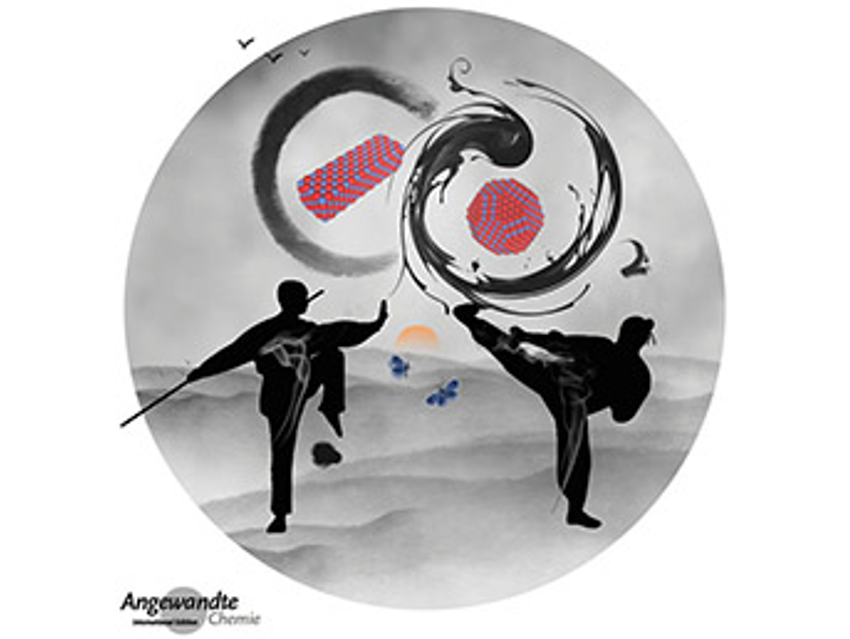In this issue, H. Zhao et al. review the bio-inspired design and additive manufacturing of soft materials, machines, robots, and haptic interfaces, and K. C. Nicolaou and S. Rigol discuss the role of organic synthesis in the emergence and development of antibody–drug conjugates as targeted cancer therapies. The Minireviews deal with hydrogen-bonded organic frameworks with permanent porosity (T. Nakamura et al.) and the synthesis of tri- and difluoromethoxylated compounds by visible-light photoredox catalysis (M.-Y. Ngai et al.). In an Essay, M. Pagliaro describes the megatrends that will drive a forthcoming transformation in the chemical industry.
In the Original Research section, J. Gong et al. report on the interplay between structure and product selectivity of CO2 hydrogenation (see picture). M. Schnell et al. investigate the water docking bias in [4]helicene. C. A. Schalley et al. use ion-mobility mass spectrometry for the rapid determination of the topology of interlocked and knotted molecules. G. Fernández et al. succeeded in controlling the pathway in cooperative vs. anti-cooperative supramolecular polymers.
- Angewandte Chemie 33/2019: A Soft Spot for Chemistry,
Angew. Chem. Int. Ed. 2019, 58 (33).




